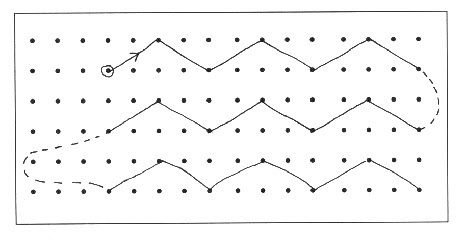Petiole Testing Time
The best time of year to collect grape vine Petioles for analysis is now (full flowering, 80% cap-fall). Petiole testing can provide a snapshot of the nutrient status of the vine. Obtaining quantitative information on nutrient levels can assist in determining the effectiveness of fertiliser applications and also help you to identify the cause of any specific vine problems.
Our Petiole Testing Bundle includes analysis of the following nutrients:
Boron, Calcium, Chloride, Copper, Iron, Magnesium, Manganese, Nitrate, Nitrogen, Phosphorous, Potassium, Sodium and Zinc.
The cost of this analysis is $75 per sample (+GST), with discounts of up to 20% off this price for bulk samples. And unlike other laboratories, we don’t charge any additional preparation, batch or reporting fees.
We can also provide a table of guidelines that will tell you whether the levels of these nutrients in your vines are deficient, adequate or toxic.
Contact us and we’ll send you our free EasyTest Sample Pack for Grapevine Petioles, which includes sample bags with labels, gloves, Reply Paid postage sticker and detailed sampling instructions.
Get our Factsheet on Petiole analysis.
TIP: TAKING PETIOLE SAMPLES

Using clean hands and the gloves provided, tear off a petiole (leaf stalk) of a basal leaf opposite a flowering cluster. Collect 100 petioles from throughout the planting. Sample from vines in a zigzag pattern to obtain a representative sample.
- Do not use metallic items such as snips to cut petioles as trace metal contamination can occur.
- Miss the first three vines in each row if there is an access road adjacent.
- Avoid sampling vines growing within areas with unusual features, such as rocky areas, poor drainage, near fences, trees, water troughs or fertilizer depots to minimise the risk of contaminated or skewed results.
- Avoid soiled, diseased or damaged plants.
- Do not sample petioles touching trellis wires, or plants that are under water or temperature stress.
- Preferably sample in the cool of the morning, before any moisture stress may occur.
When sending samples:
- Maintain samples in a cool environment prior to and during transportation.
- Do not seal samples in plastic bags or on unprotected ice – place them directly into the bags provided.
Samples should be dispatched to the nearest Vintessential laboratory as soon as possible.
